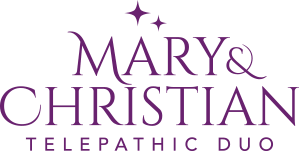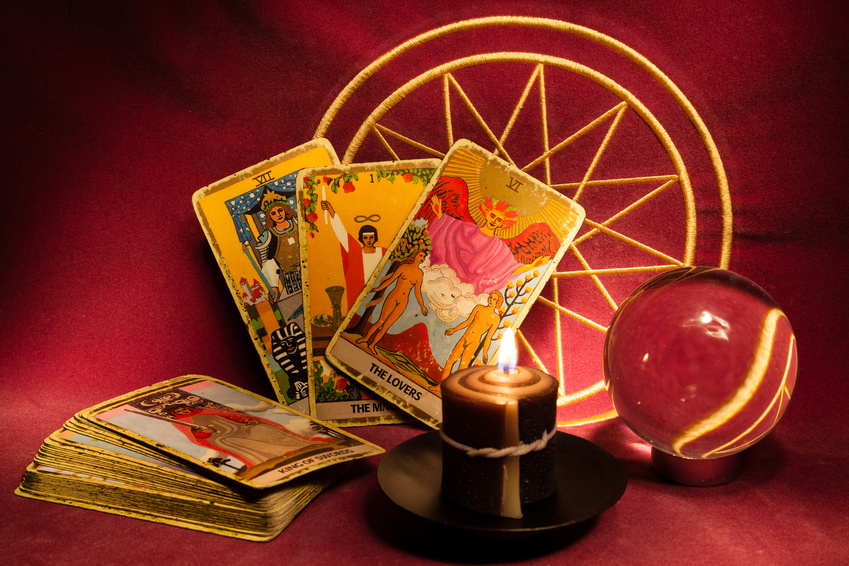
13 Aug Learn How to Draw Tarot Cards
Master the Four Steps for Drawing Tarot Cards
Since the 15th or 18th century, sources differ in this respect, Tarot cards have been used as a tool for divination, although their origin is lost in the dawn of time, and goes back at least as far as Ancient Egypt. This simple card game is, nevertheless, one of the best and simplest ways to predict your future. Below you will learn how to draw Tarot cards.
Tarot cards will help you, not only to know your future, but also to develop your psychic powers… and vice-versa! Indeed, the more you develop your extrasensory abilities, the more you’ll develop the intuition required for interpreting the Tarot cards that you draw.
How do I interpret Tarot cards?
Tarot cards help you to understand the past and build on the present to know what could happen to you in the future. Like with all divination systems, you should nonetheless be careful when it comes to interpreting the Tarot cards you draw. They indicate one of the possibilities that could take place in the future. Indeed, every day, depending on your choices, you take one path or another. Those decisions constantly lead you to undertake a different journey, in other words, the life you live depends on your choices. If you draw the Tarot cards with enough conviction, you’ll connect to the subtle forces that travel the universe and they will guide you towards the interpretation that is most likely to change your existence for the better.
Which Tarot deck should I use?
The term Tarot refers to a wide range of divination tools, like the Tarot of Marseille, which is the most famous and, undoubtedly, the most commonly-used, as well as one of the easiest to use for predicting the future. So, below, you will learn how to derive the greatest benefit from using the Tarot of Marseille. Even though the deck is made up of 78 cards (also known as arcana), you actually only use 22 cards, also known as major arcana.
The major arcana include:
I. The Magician

II. The Popess
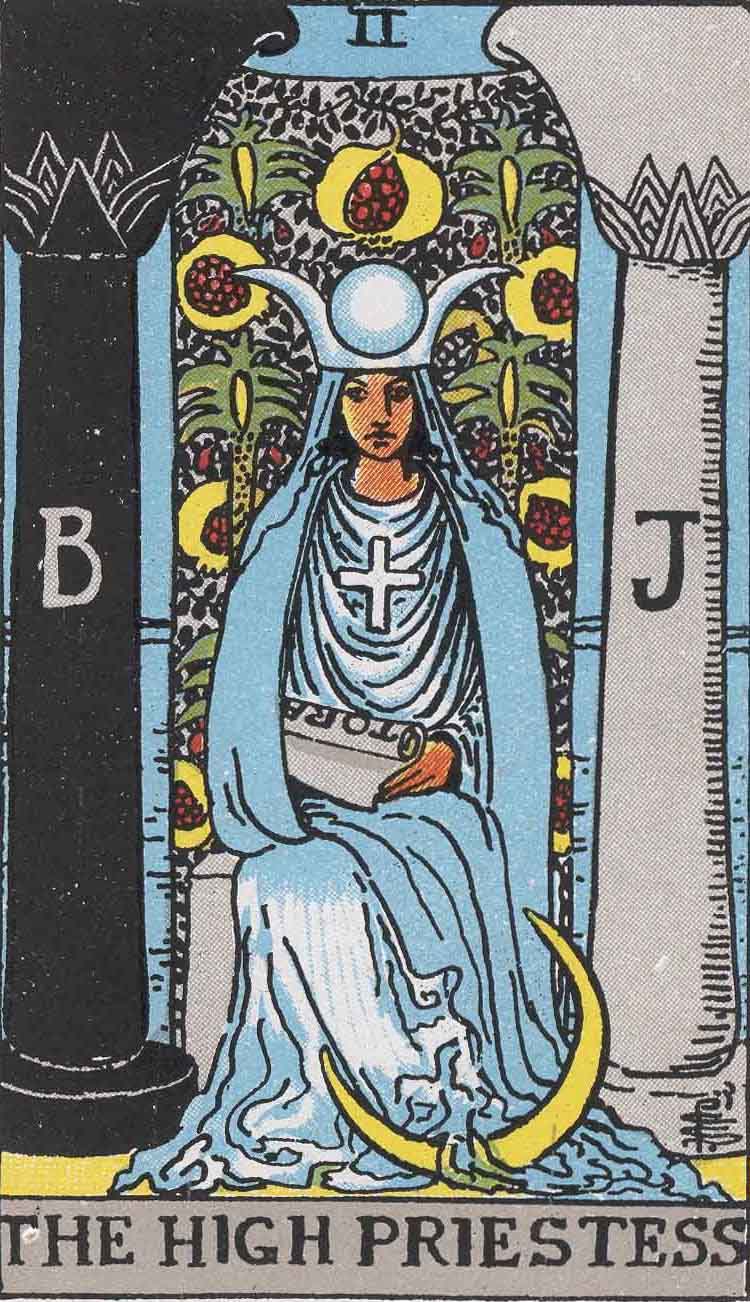
III. The Empress
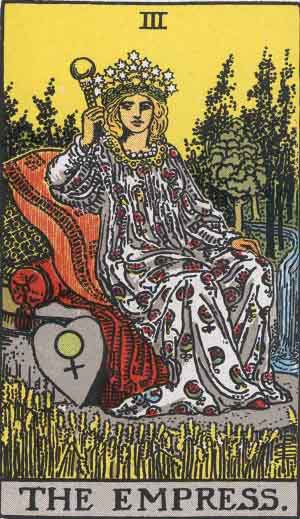
IV. The Emperor
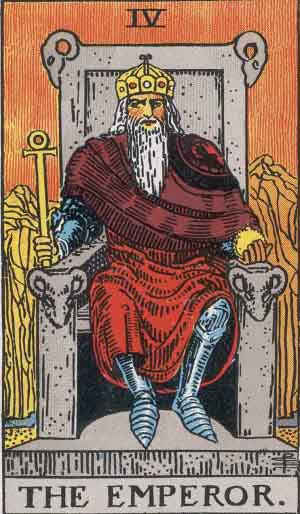
V. The Pope
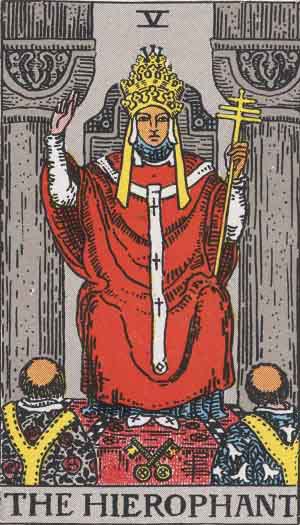
VI. The Lover
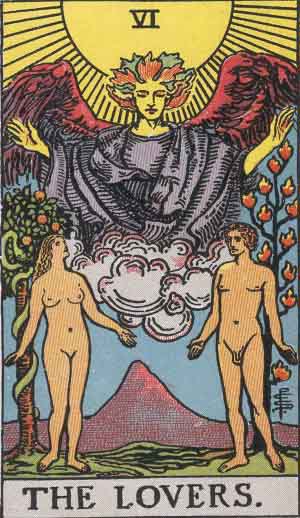
VII. The Chariot
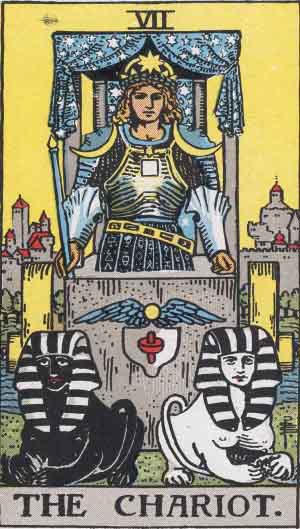
VIII. Justice
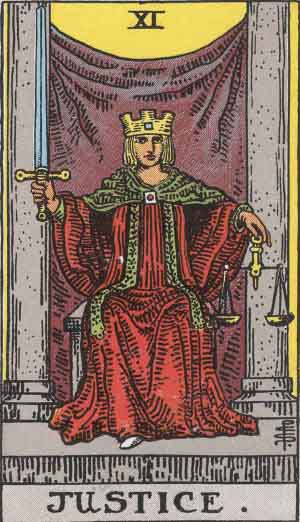
IX. The Hermit
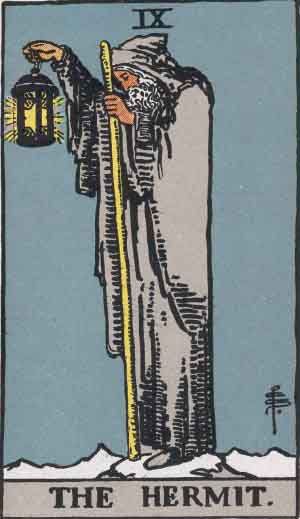
X. The Wheel of Fortune
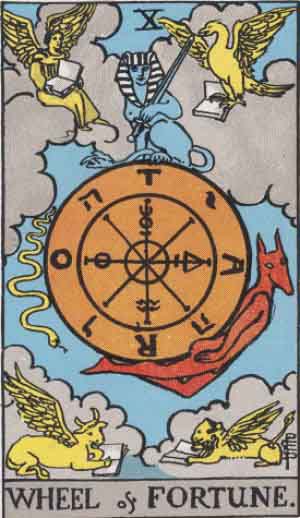
XI. Strength
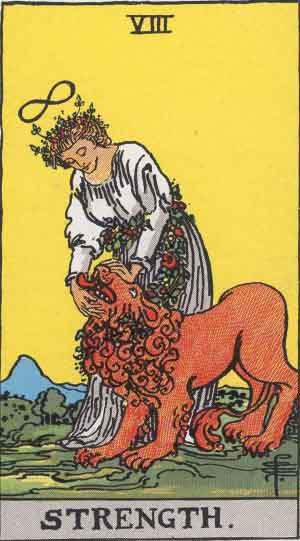
XII. The Hanged Man
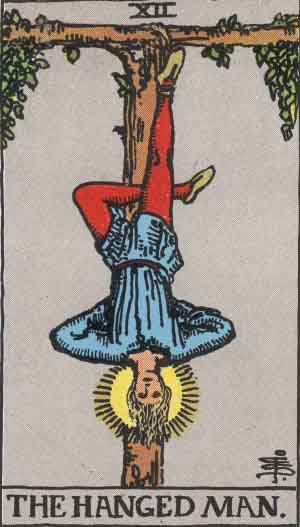
XIII. Unlabeled (or death)
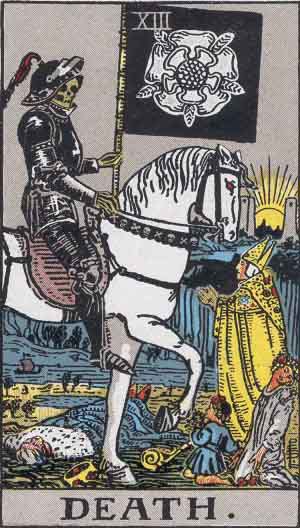
XIV. Temperance
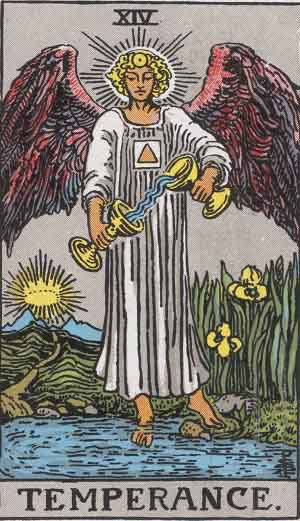
XV. The Devil
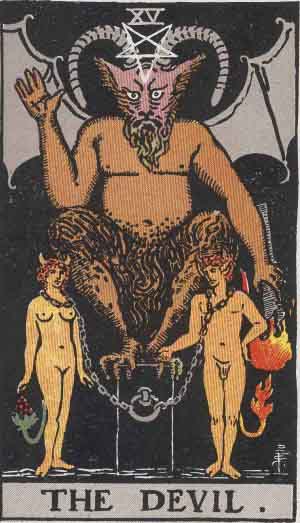
XVI. The House of God
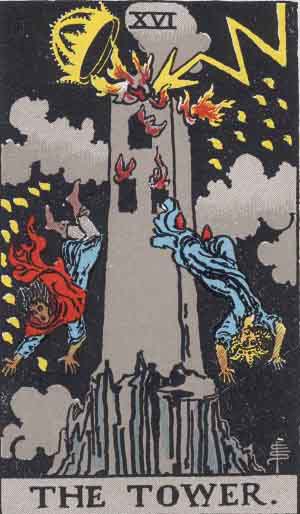
XVII. The Star
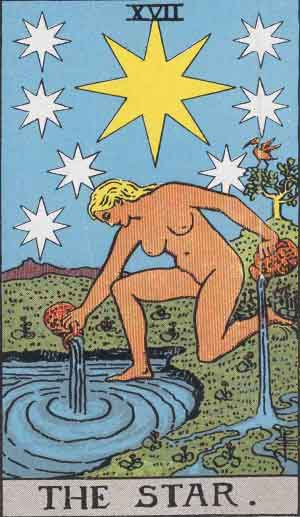
XVIII. The Moon
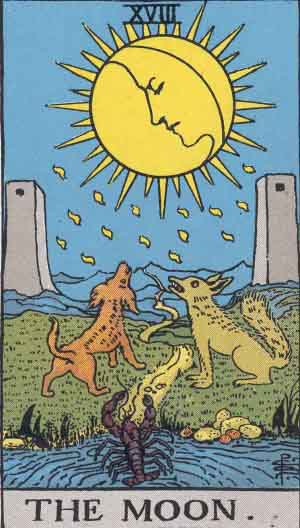
XIX. The Sun
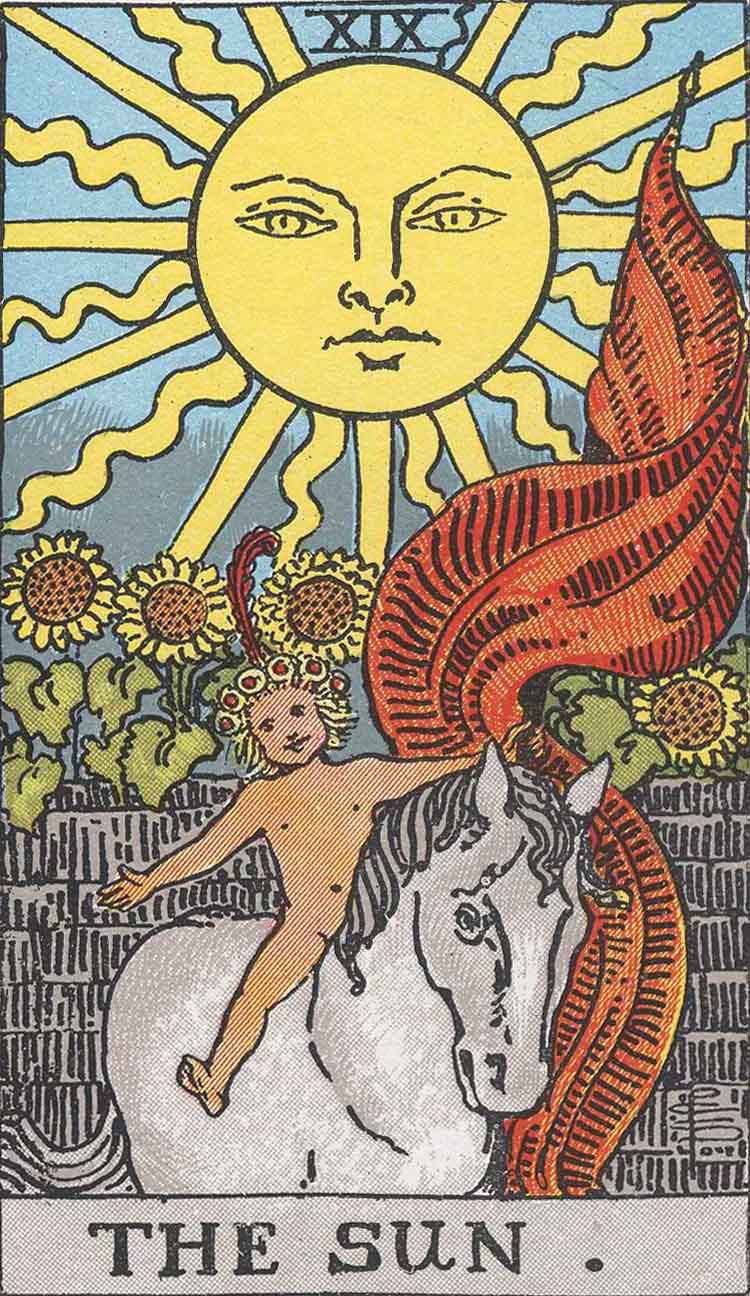
XX. Judgment
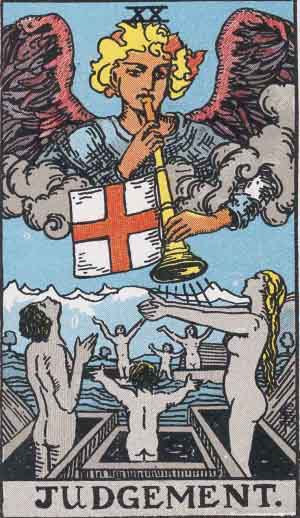
XXI. The World, The Fool
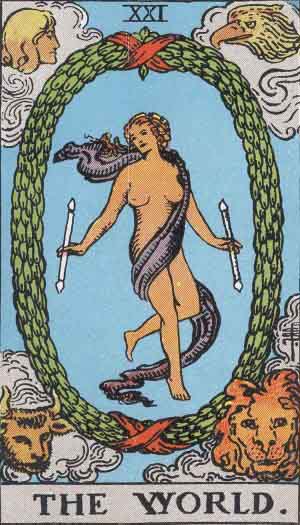
In fact, drawing Tarot cards not only connects you to the subtle forces in action in the universe, but also to your deep inner self, where you will find the answers to all your questions. Indeed, it’s deep inside you that you’ll find the answers you’re seeking because that’s where they are! Tarot cards are just a medium, in other words a tool, an intermediary between the Forces of the universe and your inner self.
Over to you now: draw your first Tarot cards
Once you have acquired your own deck of Tarot of Marseille, online or via an esoteric specialized shop, there are a certain number of details that you need to respect in order to get the most out of your draws. Begin by familiarizing yourself with your deck by holding it in your hands for a few minutes, over a few days, to charge it with your energy. That’s the best way to personalize your own Tarot deck. Similarly, familiarize yourself with the 22 arcana that you will use for divination by holding them in your hands, one after another. Scrutinize them patiently, in minute detail, for a few minutes until you know all 22 cards perfectly. Then, ensure that no one else touches your Tarot deck so that it doesn’t “discharge” your personal vibrations.
The Four Steps in Drawing Tarot Cards
1 – Prepare your question
On the day of your draw, prepare a question or the topic that worries you, in advance. If you have several, establish an order of importance. Each question or topic will then need to be assigned its own specific draw, so don’t try to resolve all your questions in the same draw.
2 – Prepare your Tarot deck
Then, while thinking about your question, hold your deck in your hands, shuffle the cards, split the deck and place all your cards face down in front of you.
3 – Draw your cards
Then, still while thinking about your question, or even while visualizing the problem to be resolved or the desire to be realized, draw your cards. Here, it’s up to you to decide how many cards to draw because the number varies depending on the methods, but in general, it’s three or ten cards. At the start, we recommend that you begin with three cards because that will already give you enough information to interpret.
Place:
- The first card on your left
- The second card in the center
- The third card to the right of the latter.
In fact, each card must be assigned to a special area. We suggest two versions for interpreting them below, the second is pointed out as an aside.
In the first version:
- the first card relates to the past
- the second card in the center is dedicated to the future
- the third card refers to the ability required to resolve the problem in question or for your wish to come true.
In the second version:
- the first card relates to the past
- the second card in the center is dedicated to the present
- the third card refers to the future.
Try both possibilities and choose the one that suits you best. Then, turn over the first card on the right and read its interpretation in the guide that came with your Tarot deck. Then, make the connection with your daily life. Once you’ve read, understood and learned your lessons from interpreting the first card, turn over the second card and do the same. Then, reveal the third card and do the same as you did with the first two.
4 – How to make use of the cards you drew
Carefully write down or save in a computer file the explanation given in the guide or booklet that came with your Tarot deck for each of the three cards you drew. If you find an interpretation immediately, relating to the problem to be resolved or the desire to be realized in your life, write it down straight away. Otherwise, leave time for the necessary psychic incubation period in order to understand the interpretation of each card and how to apply it practically in everyday life. The psychic incubation period is the time required by the brain to assimilate and interpret new information… like when drawing Tarot cards. By behaving this way, on a regular basis, you’ll find it easier and easier and require less and less time to interpret the cards drawn. You’ll therefore develop your talent for reading Tarot cards. You no doubt know the expression “sleep on it”. Well that illustrates the concept of incubation perfectly, hence the recommendation to draw the Tarot cards in the evening and to interpret them the following morning!
Conclusion: The secret: trust your intuition
It’s also good to trust your intuition when interpreting the cards you drew. So, as soon as your read the meaning of the cards drawn or if you analyze them in relation to your own existence, trust the first explanation that comes to you. Indeed, the first meaning, without having taken the time to think, often comes from your intuition voicing itself. If you let thought get the better of you, several interpretations and doubts can then appear in your mind. An abundance of explanations could lead to confusion and prevent you from drawing conclusions that apply to your everyday life. So, for every interpretation, trust the first explanation that comes to mind. It will undoubtedly be the correct one since it comes from your intuition. Moreover, by training regularly, you’ll develop a talent for reading and interpreting Tarot cards. Additionally, develop your own ritual for drawing Tarot cards, and systematically repeat it when drawing them. Following a precise and personalized ritual will reinforce how effective you are at reading Tarot cards.



